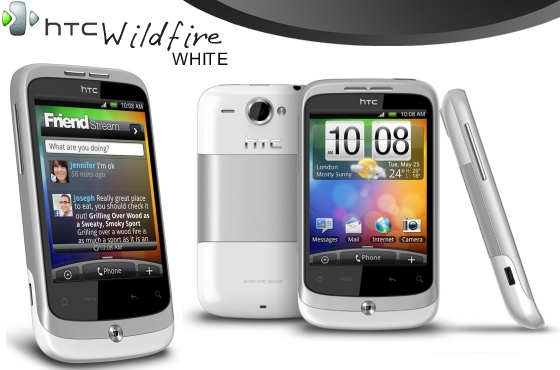
The HTC Wildfire is a budget phone in a pricier handset's body. Specifically, it's an HTC Tattoo in the sleek, metal body of an HTC Desire. Its low-resolution screen struggles to show the powerful Android operating system at its best, but, if you're looking to save some pennies, there's still plenty to love about the Wildfire.
HTC Wildfire - Hardware:
The phone has a solid feel – it doesn’t creak when the case is squeezed, and it feels robust. Like the Nexus One, the Wildfire has 4 capacitive buttons below the screen that are easily used, and not so close to the screen to be accidentally pressed. The buttons are the standard Android fare – Home, Menu, Back and Search – and their ordering is far more logical than, say, the order on the Nexus One.
One disappointment about the Wildfire hardware is the optical trackball. This is the same ‘pointer’ used on the Desire, and it disappointed me there as well. It’s not particularly accurate, and where accuracy is needed – e.g. composing a long email or message – the optical tracker makes scrolling around text very frustrating.
HTC Wildfire - Screen:
The screen is a mixed bag – while it is responsive and easy to type on, it’s just too small for serious use. The screen works fine for quick tasks, such as reading a quick email, making a phone call, or maybe browsing a mobile optimised website. However, where it really falls down is doing anything more intensive – the on-screen keyboard takes up a lot of screen real estate, which makes using many apps impossible – for example, many popular Twitter apps (I tried Tweetdeck, Touiteur, Twidroyd and of course, Twitter) just don’t function well on the small screen – either there’s not enough visible on the screen, or the screen layouts simply appear ‘corrupted’ as they’re obviously designed for a larger screen.
On top of this, the Wildfire screen is easily viewable in sunlight, and has the standard proximity and light sensors to make sure you don’t dial with your cheek, or that the light is appropriately bright for both bright and dark ambient light situations.
HTC Wildfire - Software:
The Wildfire runs Android 2.1 (aka Eclair) with HTC’s own customised Launcher and other modifications collectively referred to as HTC Sense. You’ll be pleased to know that Android 2.2 is rumoured to come to the Wildfire soon – perhaps by the end of the year.
HTC Wildfire - Performance:
The Wildfire is powered by a 528MHz CPU, which the astute amongst you may recognise as the same CPU spec which powered the HTC Dream G1, Sapphire / Dream, and the Hero – yes, these are phones which are a bit old in the scheme of Android devices, and the inclusion of a 528MHz CPU in the Wildfire is a curious choice, and the lack of power is quite obvious.
For example, typing on the keyboard can lag, switching apps can be slow (although not overly so), and installing apps is orders of magnitude slower than some faster handsets. However, the CPU is well up to the task of ordinary use – phone calls, messaging, email, Twitter and Facebook are all easily handled, albeit slightly slower than the lightning quick transitions and activities a faster CPU would enable.
HTC Wildfire - Camera & Video:
The Wildfire’s camera is a 5mp shooter, and it does well for the Wildfire’s purposes – as a lower-end phone destined (primarily) for the prepaid market, and thus, the younger demographic, the Wildfire is squarely aimed at the social media set. While the Wildfire won’t win any photography awards, its camera produces good photos suitable for sharing on websites and with friends – the auto focus, smile detection and other automatic magic allows the Wildfire to take good photos in most cases.
HTC Wildfire - Telephony:
The Wildfire provides no surprises in this regard – audio quality is loud and clear, and the phone holds a signal remarkably well – in fact, it held signal in places where other phones on my person quickly dropped out. During a one hour telephone call between home and work the phone didn’t drop once, and call quality was ideal the whole way.
HTC Wildfire - Battery Life:
Having given the Wildfire a good hammering over a few days, it’s entirely reasonable to expect a full day’s use out of the phone. Phone calls, messaging, checking Twitter throughout the day, an hour of streaming radio in the morning, and a further hour in the afternoon, and the battery indicator was still well in the green by arrival home at 6pm.
As with most Android devices, further power savings can be achieved by disabling 3G, leaving WiFi off, turning off apps that use background updating, and avoiding power intensive activities – making/receiving calls, excessive data use, and minimising the time that the screen is active.
Conclusion:
The HTC Wildfire doesn't skimp on smart-phone features, offering some of the best social-network integration that money can buy. There's really nothing about this handset that screams 'cheap phone' except the low-res screen.




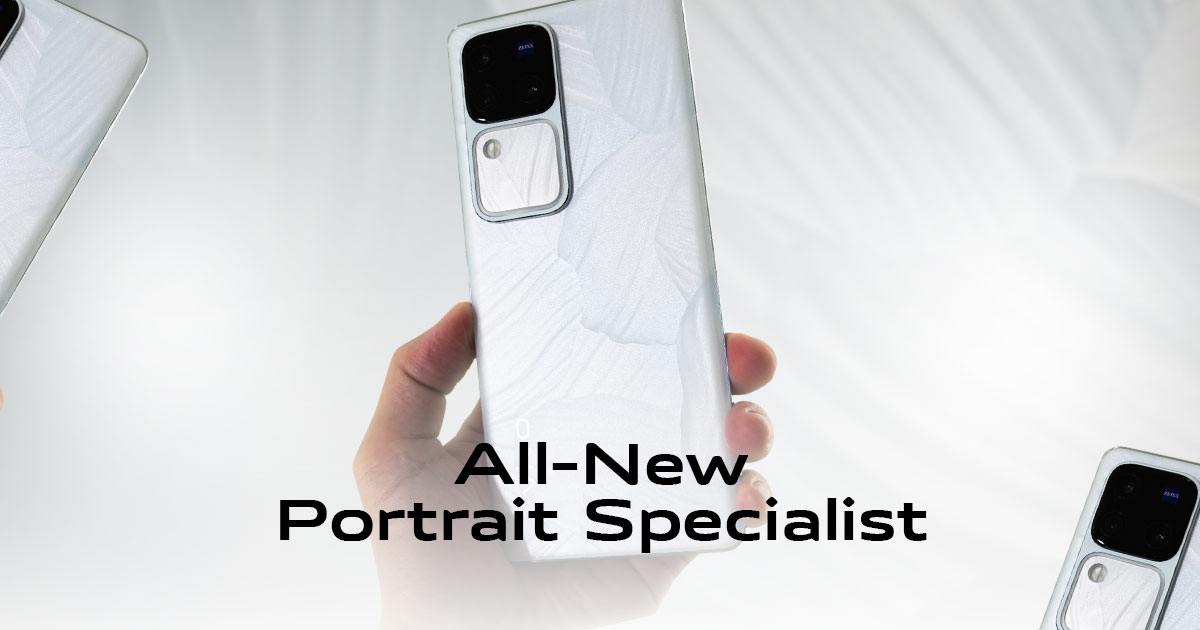
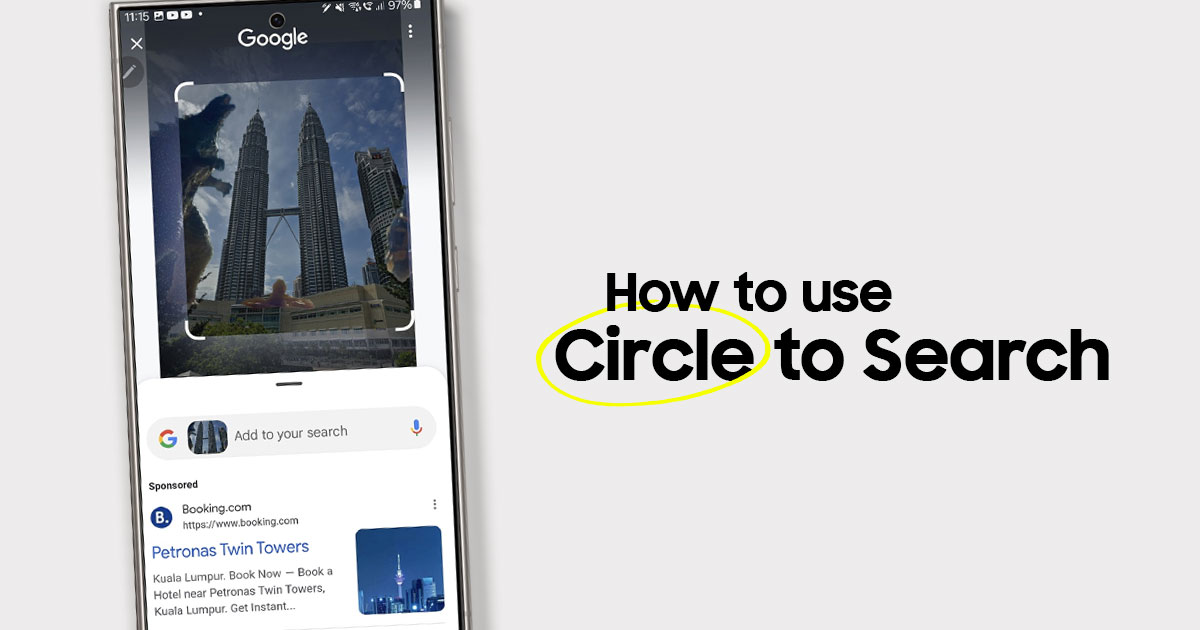


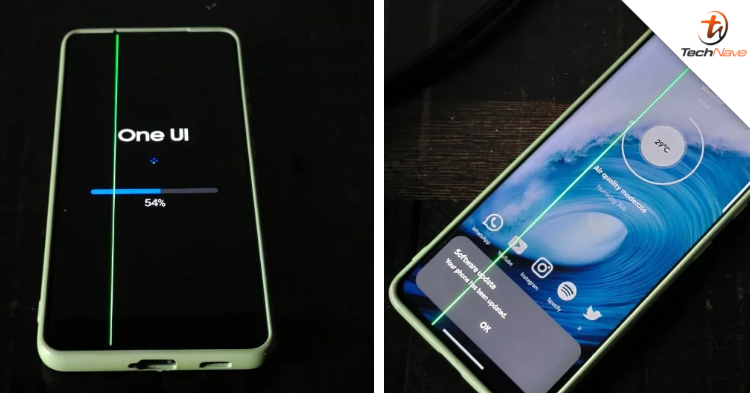
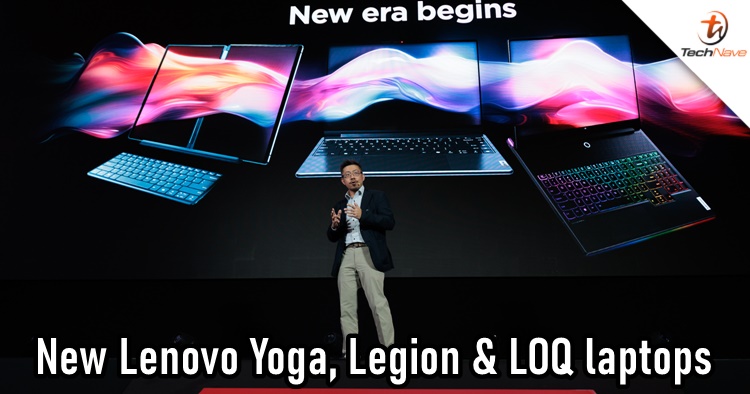
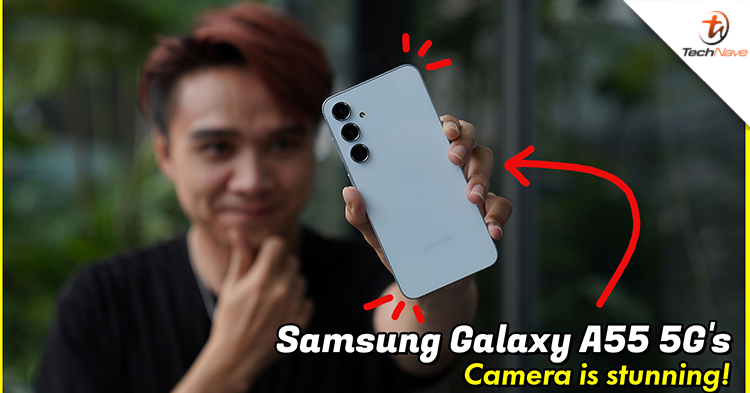
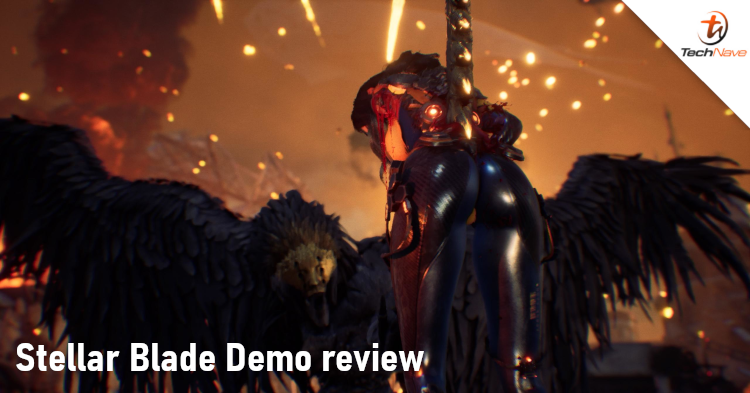
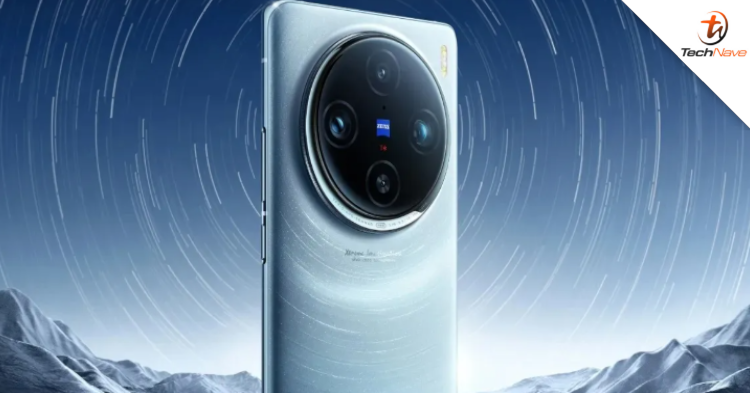

COMMENTS